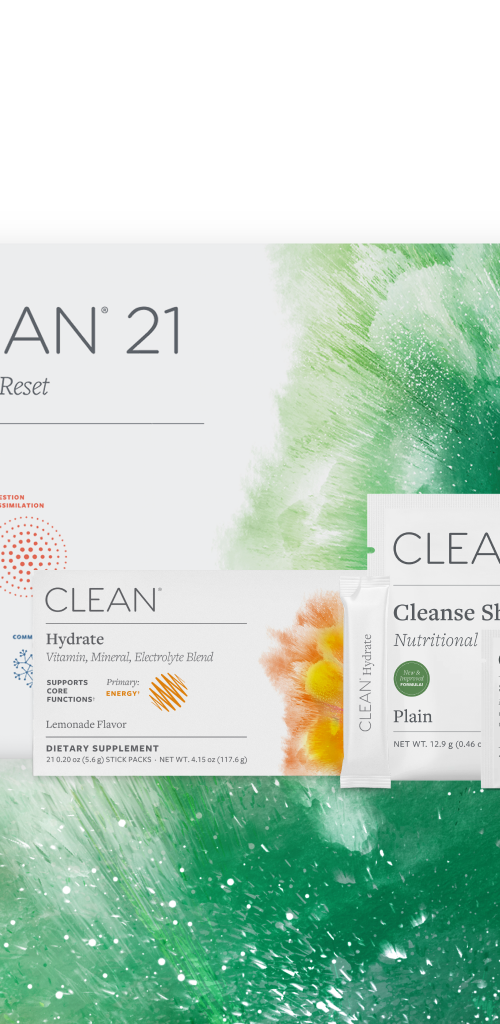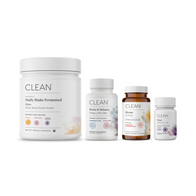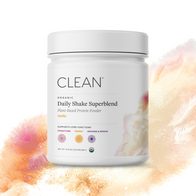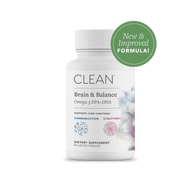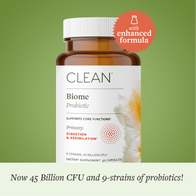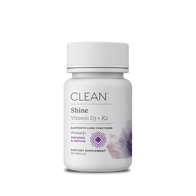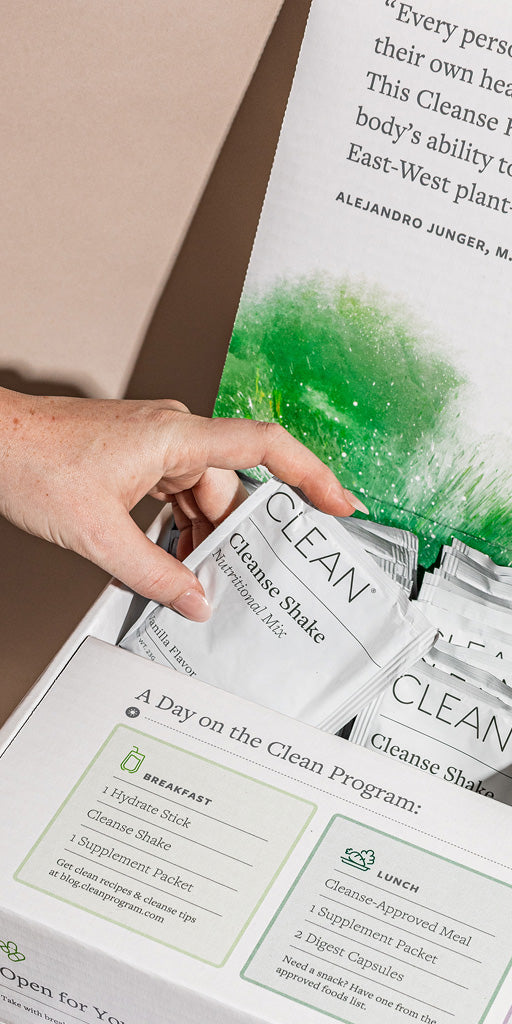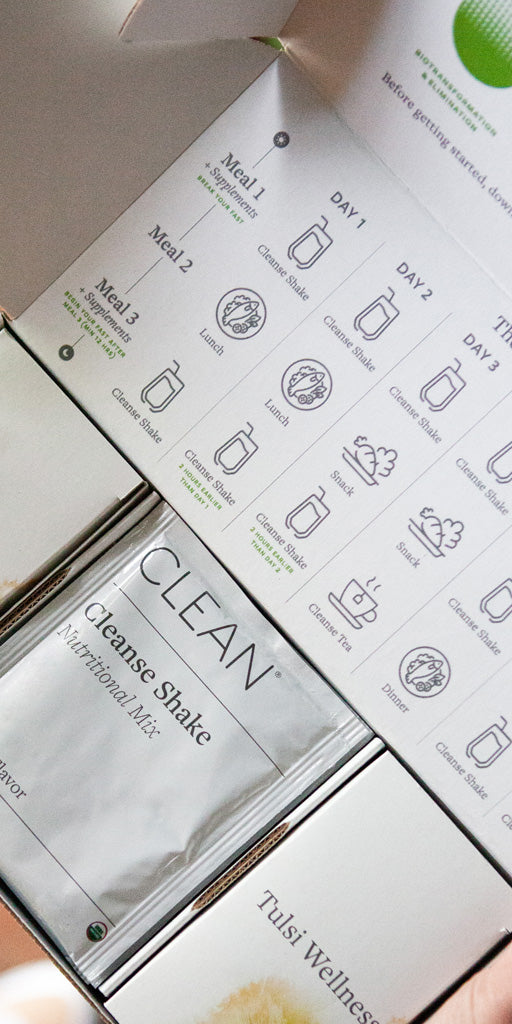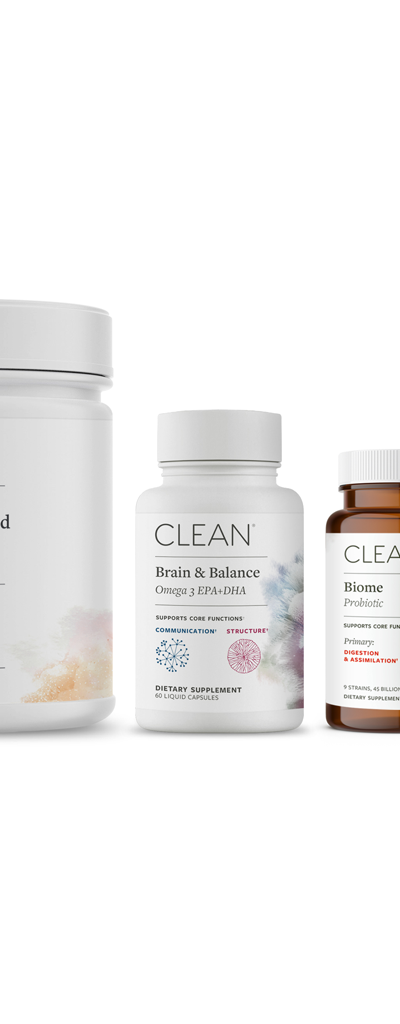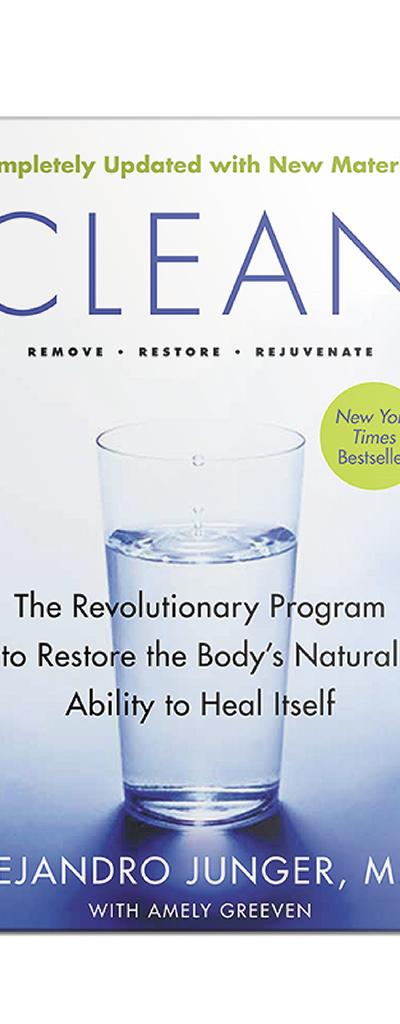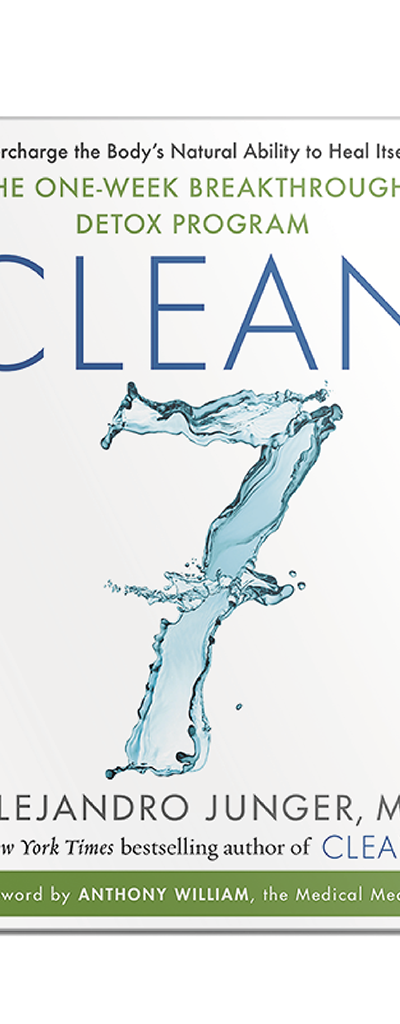
Sometimes we are asked about the need for Vitamin D supplements in the summer months. Vitamin D deficiency may seem strange in summer, however many people rarely get enough direct sunlight on a regular basis. Many of us work in offices and spend most of our day indoors, so even those summer vacations might not be cutting it.
Because vitamin D is so important, we will go through the basics: what it is, how to test for your levels, and how much is beneficial for you to take. The best form of vitamin D is vitamin D3, which we will also go into.
WHAT IS VITAMIN D
Vitamin D is a fat-soluble nutrient that is closer to a hormone, like cortisol or testosterone. This is important to note because it means vitamin D has a deeper functionality than a simple vitamin compound.
There are tons of studies showing the importance of vitamin D. Optimized vitamin D levels have been linked to:
You can get vitamin D from three places: sun, food and supplements. Since we can’t get enough vitamin D from food alone, I’ll focus on sun and supplements.
THE SUNSHINE VITAMIN
Vitamin D is often called the “sunshine vitamin” and for good reason. Vitamin D3 or “cholecalciferol” is produced photochemically when cholesterol in the skin is exposed to sunlight. We spend a lot of our work day inside on computers and phones, and after work we are often inside as well, so many of us are not achieving the necessary amounts.
SUPPLEMENTING WITH VITAMIN D
When we don’t get enough direct sun exposure, we don’t produce enough vitamin D. Instead of sunlight being converted to cholecalciferol, we can supplement it directly. There are two common types of supplemental vitamin D, D2 and D3. Vitamin D2 supplements are called ergocalciferol and are grown from mushrooms.
Vitamin D3 supplements are made by exposing a certain type of cholesterol to ultraviolet light, and then purifying it. The cholesterol is produced from lanolin, a naturally-derived grease found in sheep wool. We recommend supplemental vitamin D3 because it is more effective than D2.
HOW DO I FIND OUT IF I HAVE A VITAMIN D DEFICIENCY
Blood work can reveal your current levels of vitamin D. You can find out your vitamin D levels in two simple ways:
1) Ask your doctor to test for it
2) Use an online service to order the test
Doctors run a test that looks for 25-hydroxy-vitamin-D or 25(0H)D for short. It’s both the name of the test and what they’re looking for.
Many doctors these days recommend lower levels of vitamin D, often because they are basing their recommendations on older research. Functional Medicine doctors often recommend to raise your ng/ml preferably between 50 and 60.
OPTIMIZING VITAMIN D LEVELS
For people living in the northern United States and Canada, it is difficult to get enough sunlight exposure. But even those in the south can still become deficient. Here is how you maintain your vitamin D levels or correct a deficiency:
Sun
The sun is the cheapest and healthiest way to get your vitamin D. The challenge is making sure you get enough sun exposure to reach optimal vitamin D levels.
A lot of people believe that getting 20 to 30 minutes of sun exposure on their face will give them all the vitamin D they need. The research out there shows us this isn’t true. Almost daily full-body exposure without sunscreen is necessary to achieve optimal levels. Even during the summer, when many of us are frequently wearing swimsuits and sunbathing, we rarely get this type of exposure daily.
Some people also think that you can stock up on vitamin D by spending long amounts of time in the sun during a week-long vacation. Studies have shown that after 30 minutes your body reaches equilibrium and any more sun exposure does not increase your absorption of vitamin D3. So in this case, more is not better. It’s the regularity of exposure. The sun is the best source of vitamin D, but as you can see all these factors make supplementation, for most people, essential.
Supplements
Daily sun exposure is crucial for health. But modern life is organized in such a way that getting the amount of vitamin D needed without supplementation can be challenging. Correcting a vitamin D deficiency can take 6 to 12 months. That’s why it is important to work with your doctor to monitor your vitamin D levels. Our Maintenance Kit and D3 supplements are two ways you can get the vitamin D you need.
If you enjoed this article, you might also like Top 10 Ways Magnesium Boosts Your Health and Well-Being
